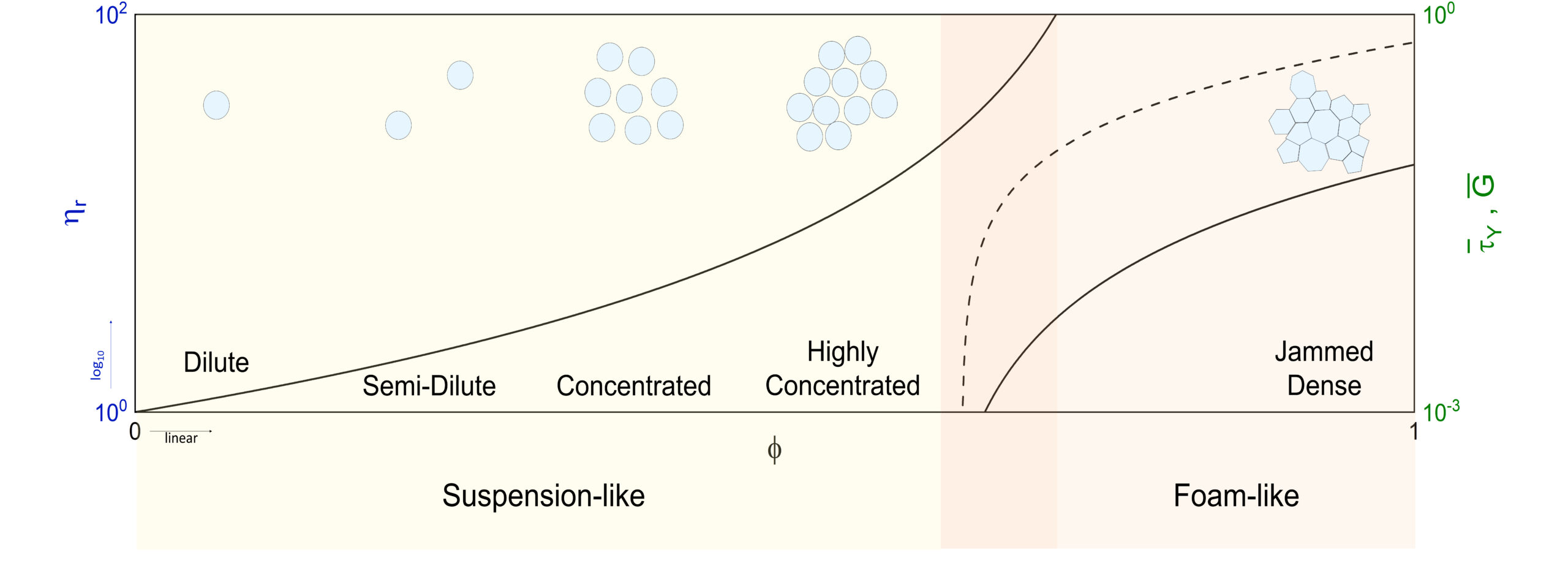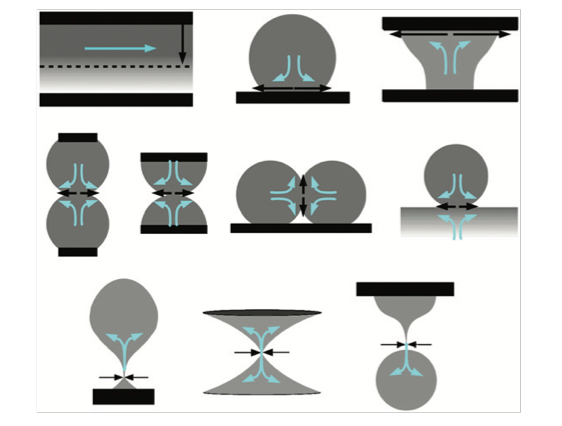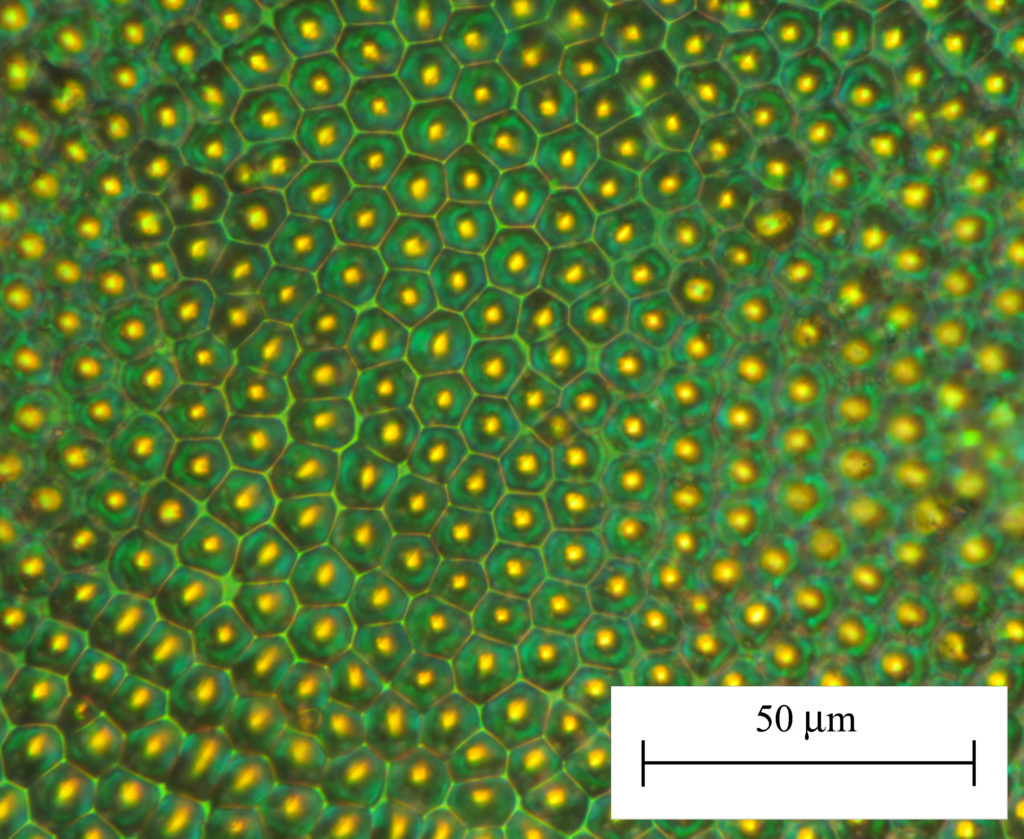Publications
Refereed journal articles, reviews, perspectivesVideo Lecture Series
Created and curated by “the three amigos” Marc-Antoine Fardin (Institut Jacques Monod, CNRS, Université Paris Cité); Mathieu Hautefeuille (Institut de Biologie Paris-Seine, UMR7622, Sorbonne Université); Vivek Sharma (Department of Chemical Engineering, University of Illinois, Chicago)
2. Video series on Mechanics, focusing on the interplay of mechanical quantities, and how these result in particular kinematics and dimensional analysis. https://www.numbersnature.org/mechanics .
1. Video series on Explosions, focusing on the kinematics of explosions, including a detailed dive into Taylor’s scaling of 2/5 and the Trinity test. https://www.numbersnature.org/explosions
The videos can also be accessed on our YouTube channel: https://www.youtube.com/@naturesnumbers
Book Chapters
(*indicates the corresponding author)
4. J. Dinic, C. D. V. Martínez Narváez and V. Sharma, Rheology of Unentangled Polymer Solutions Depends on Three Macromolecular Properties: Flexibility, Extensibility, and Segmental Dissymmetry. Macromolecular Engineering: From Precise Synthesis to Macroscopic Materials and Applications, Second Edition. Edited by Krzysztof Matyjaszewski, Yves Gnanou, Nikos Hadjichristidis and Murugappan Muthukumar. Wiley Online Library. 2022 Download PDF_UnentangledSolutionsRheology2022 or See the library link here: https://doi.org/10.1002/9783527815562.mme0067
3. L. N. Jimenez, C. D. V. Martínez Narváez, C. Xu, C. Bacchi, V. Sharma. Rheological properties influence tackiness, application, and performance of nail polish/ lacquer formulations. Mittal K, Bui H. (Ed). Surface Science and Adhesion in Cosmetics. Scrivener Publishing, John Wiley and Sons. 2021. https://doi.org/10.1002/9781119654926.ch4
2. M. Srinivasarao, M. Crne, V. Sharma and J. O. Park, “Scarab Beetle Iridescence,” McGraw-Hill 2011 Yearbook of Science and Technology 2011. https://doi.org/10.1036/1097-8542.YB110063 Download or read here: ScarabBeetleIridescence_2011
1. M. Srinivasarao, V. Sharma, J. O. Park, M. S. Barrow, and P. R. Williams, “Fabrication of nano/microstructured organic polymer films using condensation: Self-assembly of breath figures,” in Evaporative self-assembly of ordered complex structures, World Scientific Publishing Co (Singapore) 2011.
Refereed Journal Publications (Reviews & Perspectives)
(*indicates the corresponding author)
In preparation
64. C. Xu and V. Sharma, Stratified foam films, in prep.
Under review/ revision
61. Thickness Mapping of Foam Films, C. Xu, Y. Zhang, and V. Sharma*, Submitted, 2024.
Published/ In press
60. “Modeling drop deformations and rheology of dilute to dense emulsions”, R. B. Reboucas, N N. Nikolova and V. Sharma, Curr. Op. Colloid Interface Sci., 2025.
We highlight the current state-of-the-art in modeling emulsion rheology, ranging from dilute to jammed dense systems. We focus on analytical and numerical methods developed for calculating, computing, and tracking drop deformation en route to developing constitutive models for flowing emulsions. We identify material properties and dimensionless parameters, collate the small deformation theories and resulting expressions for viscometric quantities, list theoretical and numerical methods, and take stock of challenges for capturing connections between drop deformation, morphology, and rheology of emulsions. We highlight the substantial progress in providing quantitative descriptions of the rheological response using analytical theories, dimensional analysis, and powerful computational fluid dynamics to determine how macroscopic rheological properties emerge from microscopic features, including deformation and dynamics of non-interacting or interacting drops and molecular aspects that control the interfacial properties.

57. “Dynamic Duos: the building blocks of dimensional mechanics”, M.A. Fardin*, M. Hautefeuille and V. Sharma, Soft Matter, (2024)
We present examples from the physical and biological realms, including planetary motion, sedimentation, explosions, fluid flows, turbulence, diffusion, cell mechanics, capillary and gravity waves, and spreading, pinching, and coalescence of drops and bubbles. This review provides a novel synthesis revealing the power of scaling or dimensional analysis, to understand processes governed by the interplay of two mechanical quantities. This elementary decomposition of space, time and motion into pairs of mechanical factors is the foundation of “dimensional mechanics”, a method that this review wishes to promote and advance. Pairs are the fundamental building blocks, but they are only a starting point. Beyond this simple world of mechanical duos, we envision a richer universe that beckons with an interplay of three, four, or more quantities, yielding multiple characteristic lengths, times, and kinematics. This review is complemented by online video lectures, which initiate a discussion on the elaborate interplay of two or more mechanical quantities.

56. “Spatiotemporal mapping of nanotopography and thickness transtions of ultrathin foam films”, C. Xu, Y. Zhang, and V. Sharma*, Soft Matter, (2024)
A fascinating array of thickness variations and transitions, including stepwise thinning and coexistence of thick–thin flat regions, arise in micellar foam films that undergo drainage via stratification. In this tutorial, we describe the IDIOM (interferometry digital imaging optical microscopy) protocols that combine the conventional interferometry principle with digital filtration and image analysis to obtain nanometer accuracy for thickness determination while having high spatial and temporal resolution. We provide fully executable image analysis codes and algorithms for the analysis of nanotopography and summarize some of the unique insights obtained for stratified micellar foam films.
45. M. A. Fardin*, M. Hautefeuille, and V. Sharma, Spreading, pinching, and coalescence: the Ohnesorge units, Soft Matter, 2022. Posted on arXIV (Dec 2021).
Understanding the kinematics and dynamics of spreading, pinching, and coalescence of drops is critically important for a diverse range of applications involving spraying, printing, coating, dispensing, emulsification, and atomization. Hence experimental studies visualize and characterize the increase in size over time for drops spreading over substrates, or liquid bridges between coalescing drops, or the decrease in the radius of pinching necks during drop formation. Even for Newtonian fluids, the interplay of inertial, viscous, and capillary stresses can lead to a number of scaling laws, with three limiting self-similar cases: visco-inertial (VI), visco-capillary (VC) and inertio-capillary (IC). In this tutorial review, we reanalyze and summarize an elaborate set of landmark published experimental studies on a wide range of Newtonian fluids. We show that moving beyond VI, VC, and IC units in favor of intrinsic timescale and lengthscale determined by all three material properties (viscosity, surface tension and density), creates a complementary system that we call the Ohnesorge units. We find that in spite of large differences in topological features, timescales, and material properties, the analysis of spreading, pinching and coalescing drops in the Ohnesorge units results in a remarkable collapse of the experimental datasets, highlighting the shared and universal features displayed in such flows.

14. “Bouligand structures underlie circularly polarized iridescence of scarab beetles: a closer view,” V. Sharma, M. Crne, J. O. Park and M. Srinivasarao, Materials Today: Proceedings, 1S, 161-171, (2014). Bouligand Structures Jewel Beetles PDF

-
“Colloidal dispersion of gold nanorods: Historical background, optical properties, synthesis, separation and self-assembly,” Material Science and Engineering Reports, 65, 1-38 (2009). GoldReview PDF
(published with Cover Image for the issue).
